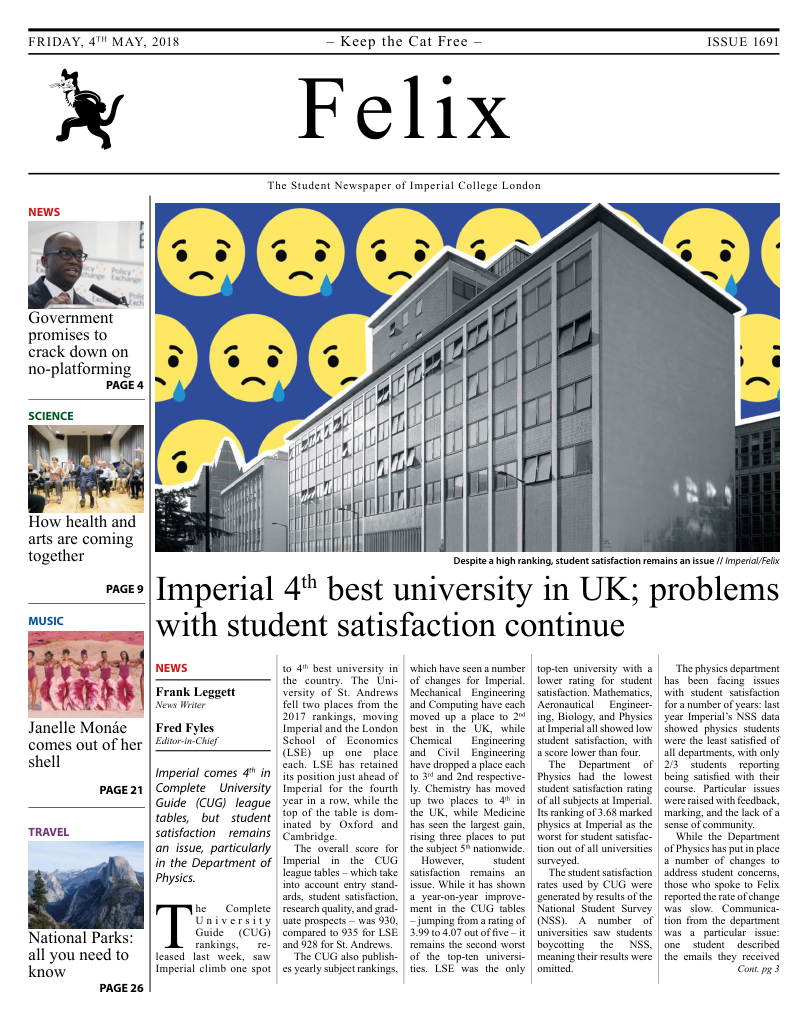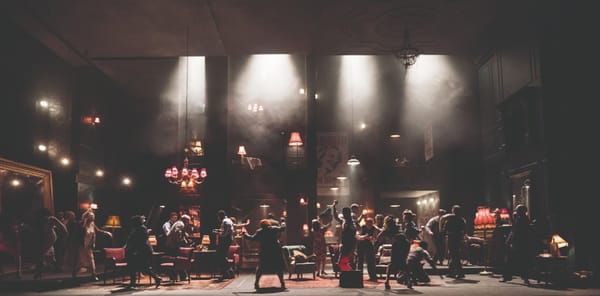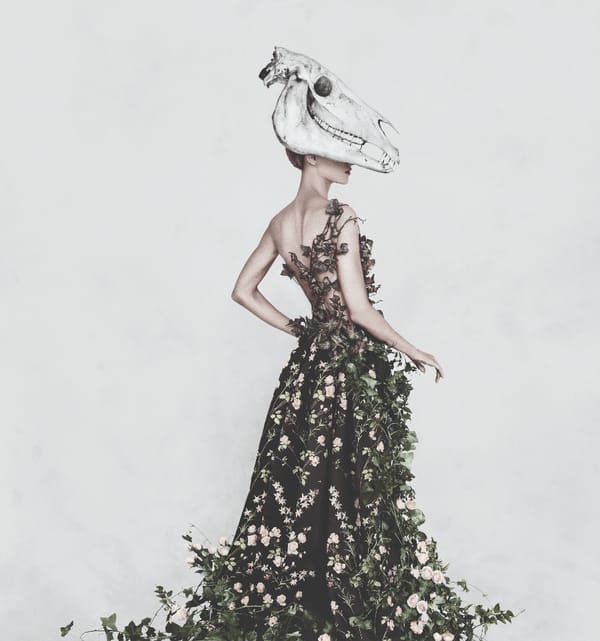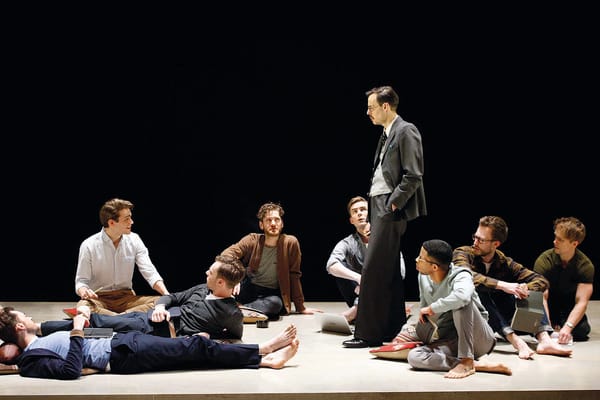The photographer as painter, sculptor, artist
Tate Modern’s Shape of Light exhibition is a great history lesson in abstract photography, but neglects contemporary post-1970s technology and artwork.

From the dawn of the age of the camera, photography as an artistic medium has been consistently set apart from the tradition of fine art. Henry Fox Talbot, one of the fathers of the photographic process, wrote in the mid-19th century that photographic plates “are impressed by the agence of Light alone, without any aid whatsoever from the artist’s pencil.” Here was a medium that could represent the world around us as it really is, and whose starting point is not the intangible artistic imagination, but the concrete physical reality of light. In a turn of phrase characteristic of the new possibilities photography posed, he called photos “the sun-pictures themselves.”
It is against this dichotomy, which places photography as a counterpoint to fine art, that the curators of the Tate Modern’s latest exhibition rail. Set out as a ‘manifesto exhibition’, Shape of Light aims to track a century of abstract photography, and – in the process – break down distinctions, placing the photographer on an equal level with the sculptor or painter. They already have, as their starting point, a model for how to go about doing this: 291, the legendary art gallery managed by Alfred Stieglitz, aimed to place photography on the same level as more accepted art forms, proving it could be a medium just as artistically fecund as oils or marble. As viewers progress through the exhibition, we can see how artists attempt to build up the essence of abstraction through the developing language of photography – a language that is still developing today.
The pioneers of the practice of abstract photography are present, as you would expect: Man Ray, Lazslo Moholy-Nagy, Paul Strand. In Man Ray’s case, the curators have managed to secure a series of his ‘Unconcerned Photographs’, taken by swinging a polaroid camera around, leaving it to chance what would be in the viewfinder’s range when the shutter closed. The work acts as a playful corrective to the output of more formal photographers, reminding us that abstract photography can be just as much about joy as about technique.
By showing photos alongside sculpture and paintings, the curators draw our attention to how photographic technique developed alongside artistic movements, and – in certain cases – preempted them. Thus Alvin Langdon Coburn’s ‘Vortographs’, a term coined by Ezra Pound, hang alongside Vorticist work by Wyndham Lewis – one black and white, the other in eye-popping colour, both are linked through their dizzying visuals. In other rooms we’ve got Bridget Riley’s op art alongside Gottfried Jäger’s mathematics-inspired photography; Moholy-Nagy’s structured photographic compositions acting as a counterpoint to Theo van Doesburg’s paintings; the automatism of Nathan Lerner’s abstractions hung next to one of Pollock’s paint-splattered canvases.
The shadow of the pioneers of the early-20th Century – namely those who emerged from the Bauhaus, and the American photographers they inspired – hangs heavy over the exhibition, but the curators do well to remind us how international these working practices were.
A collection of images from Latin America, featuring everyday items in repetitious close-up, are arrestingly beautiful, while Chinese amateur Luo Bonian’s works from the 1930s use cut-up techniques to create swirling sepia-toned kaleidoscopes of imagery. Kansuke Yamamoto’s 1956 sculpture ‘The Thrilling Game Related to Photography’ serves as an emblem for the exhibition as a whole: a small box containing a photograph of glass shards, pierced with the shards themselves, it breaks down our separate conception of ‘sculpture’, ‘art’, and ‘photography’ into a single entity, whilst also retaining a sharp sense of playfulness. Works like these, little seen within the mainstream photographic canon, are the highlights of the show.
Frustratingly for an exhibition that promises to cover a century of the artform it insists on focusing on the history of abstract photography pre-1970, at the exclusion of more recent works and without consideration to the impact of new technologies on the ability of artists to create their vision.
A single room at the end of the exhibition affords us the chance to move into the world of digital photography. Paul Graham’s highly-magnified scans of reels of film reveal the crystals and pigments which make up photographic technology, arranged into beautifully dynamic patterns that are given evocative names like “End of an Age”. Elsewhere, Antony Cairns’ frenetic photographs of bustling cities have been transferred onto eReader screens, whose immobility – detached from their casing, they hang inert – contrasts with the high-energy scenes portrayed, and Thomas Ruff has done away with the photographic process all together, creating a ‘digital darkroom’ in a marriage of art and automation.
Writing in the late 1970s, Susan Sontag spoke of how American photography was becoming defined by a reaction against ‘Westonism’ – “that is, against contemplative photography, photography considered as an independent visual exploration of the world.” Much has happened since that time, and yet – by not showing us how abstract photography has moved on since the 1970s – Shape of Light merely cements a narrative that was never in question. As a history lesson, it is exceptional, but as an exhibition it leaves much to be desired.
3 Stars
Where? Tate Modern When? Until 14 Oct 2018 How Much? From £5 (16-25 Tate Collective)










